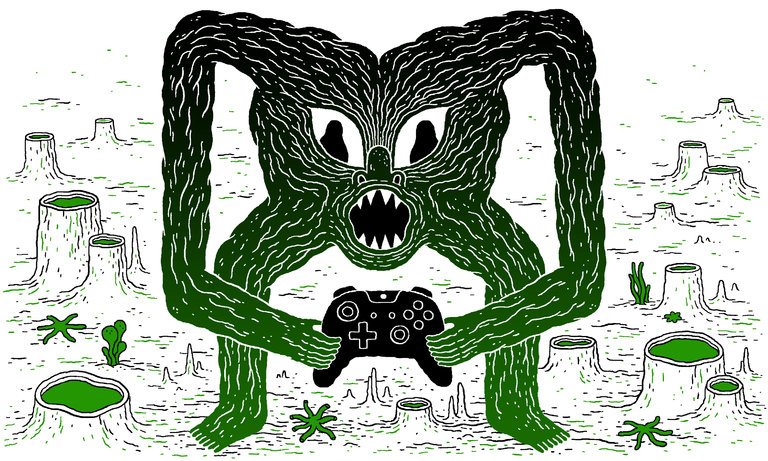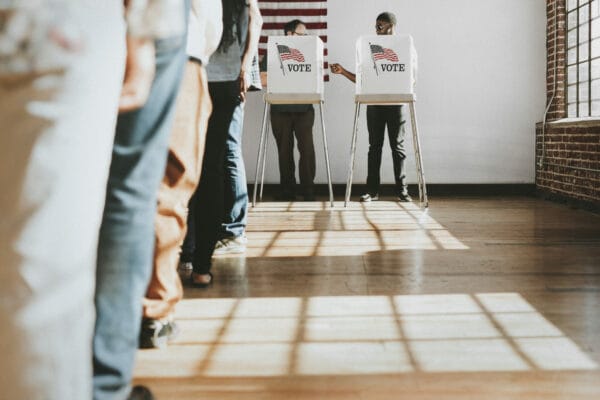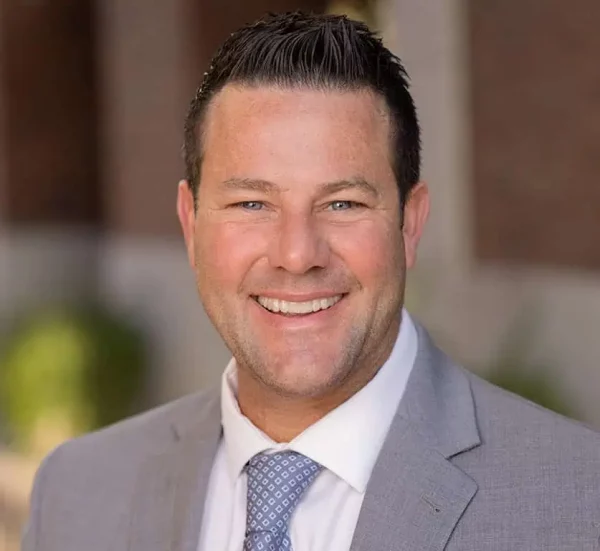
By Seth Schiesel | The New York Times
(Editor’s note: Opinion pieces are published for discussions purposes only.)
Donald Trump has long claimed that exposure to simulated violence in video games begets violent tendencies in real life. “Video game violence and glorification must be stopped — it is creating monsters!” he tweeted in 2012.
In the wake of the school shooting in Parkland, Fla., as the nation debated gun control, Mr. Trump returned to that theme. “We have to look at the internet because a lot of bad things are happening to young kids and young minds, and their minds are being formed,” he said. He went on to implicate video games in particular: “I’m hearing more and more people say the level of violence on video games is really shaping young people’s thoughts.”
On Thursday, President Trump summoned video game executives to the White House to castigate them for the violence depicted in their products. The executives were joined by Republican members of Congress and by activists who have campaigned against violence in media.
The White House meeting did not, however, include any social scientists who have studied the effects of video games. That would have been too problematic. Decades of research, after all, have failed to find any significant relationship between playing violent video games and behaving violently in real life.
If anything, there may be a stronger connection between school violence and the sort of creative writing educators seek to foster. When the United States Secret Service and the Department of Education studied violence in schools, they found that 37 percent of attackers “exhibited an interest in violence in their own writings, such as poems, essays, or journal entries,” while only 12 percent exhibited an interest in violent video games.
Video games do not create murderers. With his Thursday meeting, the president was merely engaging in political distraction.











